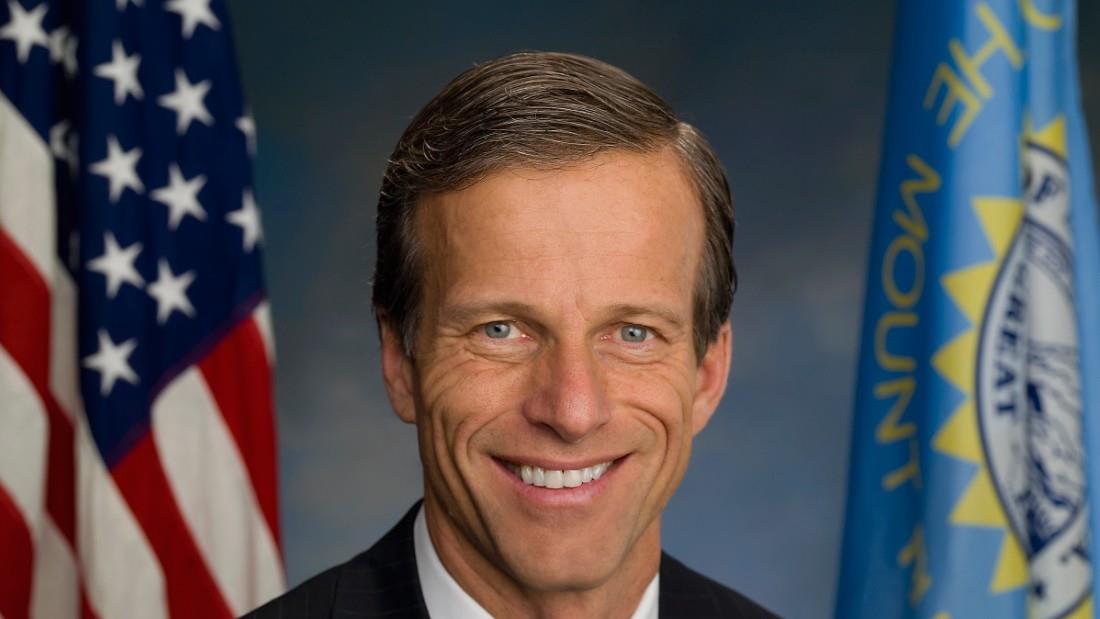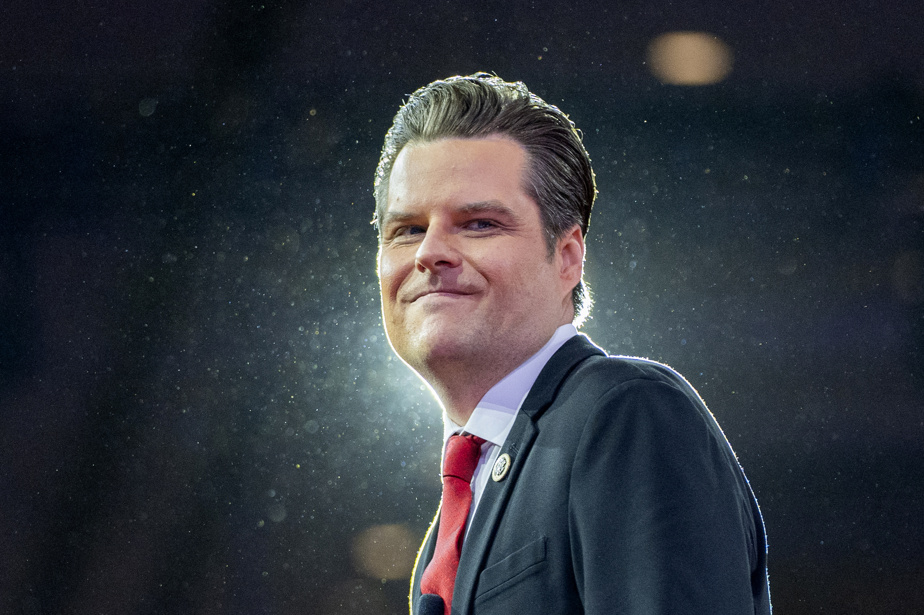
Daylight Saving Time (DST) is once again generating discussion as the clocks are set to shift back soon. On Sunday, November 3, 2024, at precisely 2:00 AM, most regions in the United States will “fall back” an hour, marking the end of DST for the year. As this shift approaches, it offers another reminder of the ongoing debate surrounding the relevance and future of the practice.
What Happens When DST Ends?
On November 3, 2024, clocks will be moved back by one hour, returning the U.S. to standard time. This adjustment will result in an earlier sunrise, making mornings brighter but evenings darker. This marks the conclusion of DST, which began in March 2024, as part of the typical biannual practice observed by most states and territories in the U.S. except Arizona, Hawaii, and certain U.S. territories like Puerto Rico and Guam.
Why Does DST Continue Despite Pushback?
The concept of DST was originally implemented during World War I and later revived during World War II as a way to save energy. While intended to extend evening daylight hours, its practical value has been increasingly questioned. Multiple studies show that energy savings are minimal at best, with reports from the U.S. Department of Energy revealing only a 1% daily reduction in electricity consumption during certain periods.
Further, the emotional and physiological impact of adjusting the clocks twice a year has raised concerns. Studies suggest links between time changes and disruptions in sleep patterns, productivity issues, and even an increased risk of health problems like heart attacks during the transition periods.
Legislative Efforts to End DST
Despite several legislative attempts to eliminate or reform DST, including the Sunshine Protection Act, there has been no federal approval to make daylight saving time permanent across the U.S. Some states, such as Florida and Washington, have passed local legislation supporting the idea of remaining on daylight time year-round. However, federal law currently prohibits permanent DST without congressional approval.
Historically, the U.S. has experimented with staying on daylight time year-round, notably during the energy crisis of 1974. However, public dissatisfaction with darker winter mornings led to the discontinuation of that trial by 1975.
Global Perspectives and Ongoing Changes
DST is not universally followed, and many countries have abandoned it altogether. Europe has also debated scrapping the practice, with the European Parliament voting in favor of ending the biannual clock changes by 2021. However, implementation has been delayed, reflecting the logistical and political complexities involved.
Should We Keep DST or End It?
As the November clock change approaches, the debate around whether DST should be retained, reformed, or abolished continues to divide opinion. Advocates argue that longer daylight hours promote outdoor activities and economic benefits, while critics point to the health drawbacks and minimal energy savings. Until federal law changes, the twice-yearly clock adjustments remain in place.









Leave a Reply